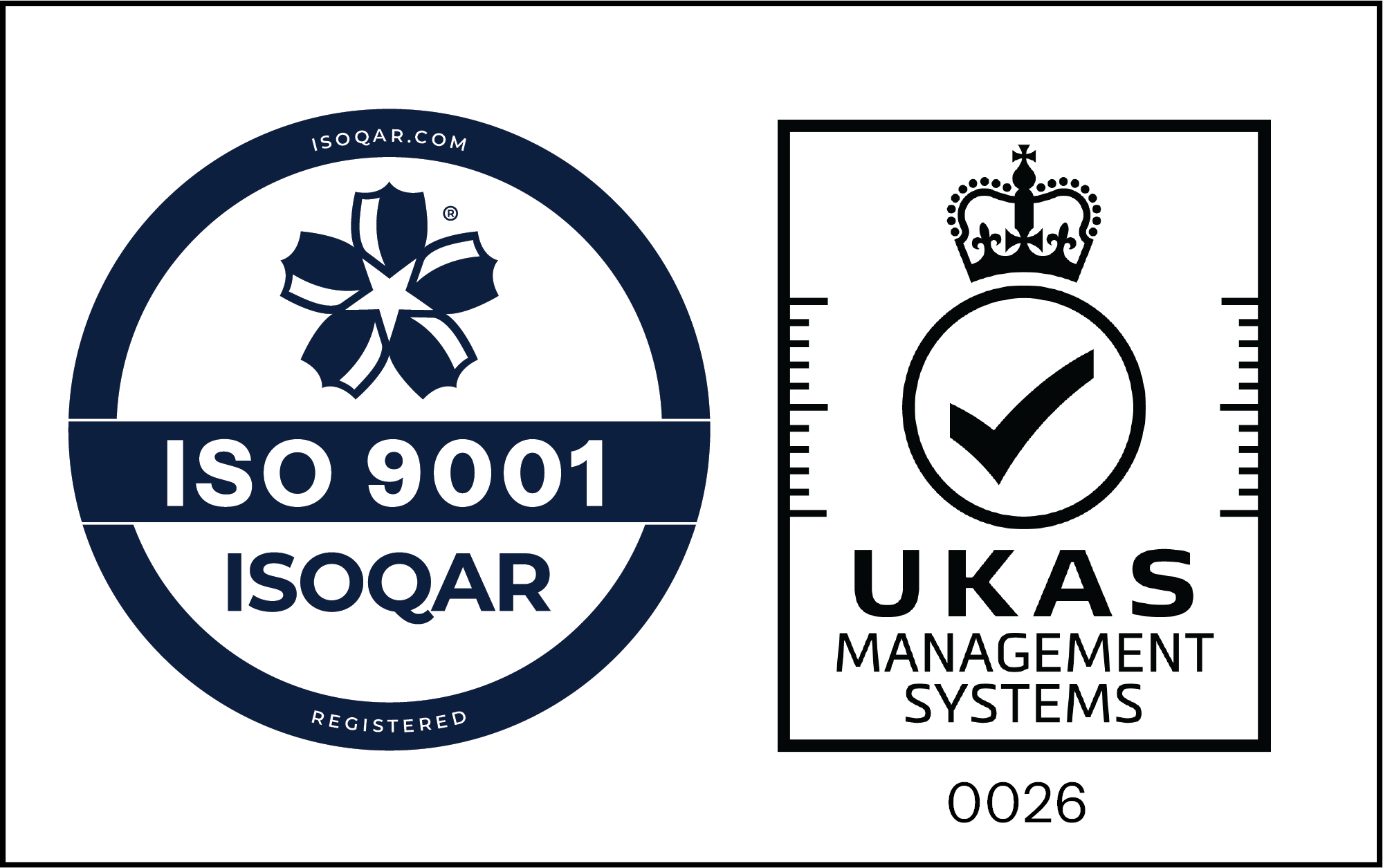
Hydraulics are Everywhere
Existing products, supply chains, and business models can be incredibly inefficient and wasteful. This is not effective or sustainable, and we need to use the world’s scarce resources more efficiently.
One sector that is integral to keeping these systems spinning is the hydraulic industry. From moving the flaps that keep planes in the sky, to the actuators that lift the bucket of a digger or the brakes that stop your car. Hydraulics is an almost invisible industry that is everywhere.
Transforming Hydraulics
Hydraulic designs have remained unchanged for the last 70 years, and according to Oak Ridge National Laboratories, these designs are only 22% efficient. A McKinsey report states that 15% of EU energy usage is from fluid pumps, which means we are wasting 4,300 Peta Joules of energy in the EU each year on hydraulics alone.
This incomprehensible amount of energy is the equivalent to powering 82 million homes for a year, which is why this industry is a great place for us to start.
Total CO2 Savings From Our Products Sold
264M Fully Charged Smartphones
5.5M Miles Driven in an Average Car
1,109K Litres of Petrol Saved
247K Trees Planted
2,611 Passengers Flown from New York to London
394 Homes' Annual Electricity Consumption
Transforming Motion Control
At Domin, by using the revolutionary process of metal 3D printing, we have created a brand-new set of core technologies. These are the high-speed control valve and ultra-compact high-performance pump. We use new building blocks to take a different approach to hydraulic design, enabling us to rethink how hydraulic products and systems are used in motion control.
With this new approach, we are transforming motion control, pushing the boundaries of performance and efficiency, and giving companies products that unlock value like never before.




